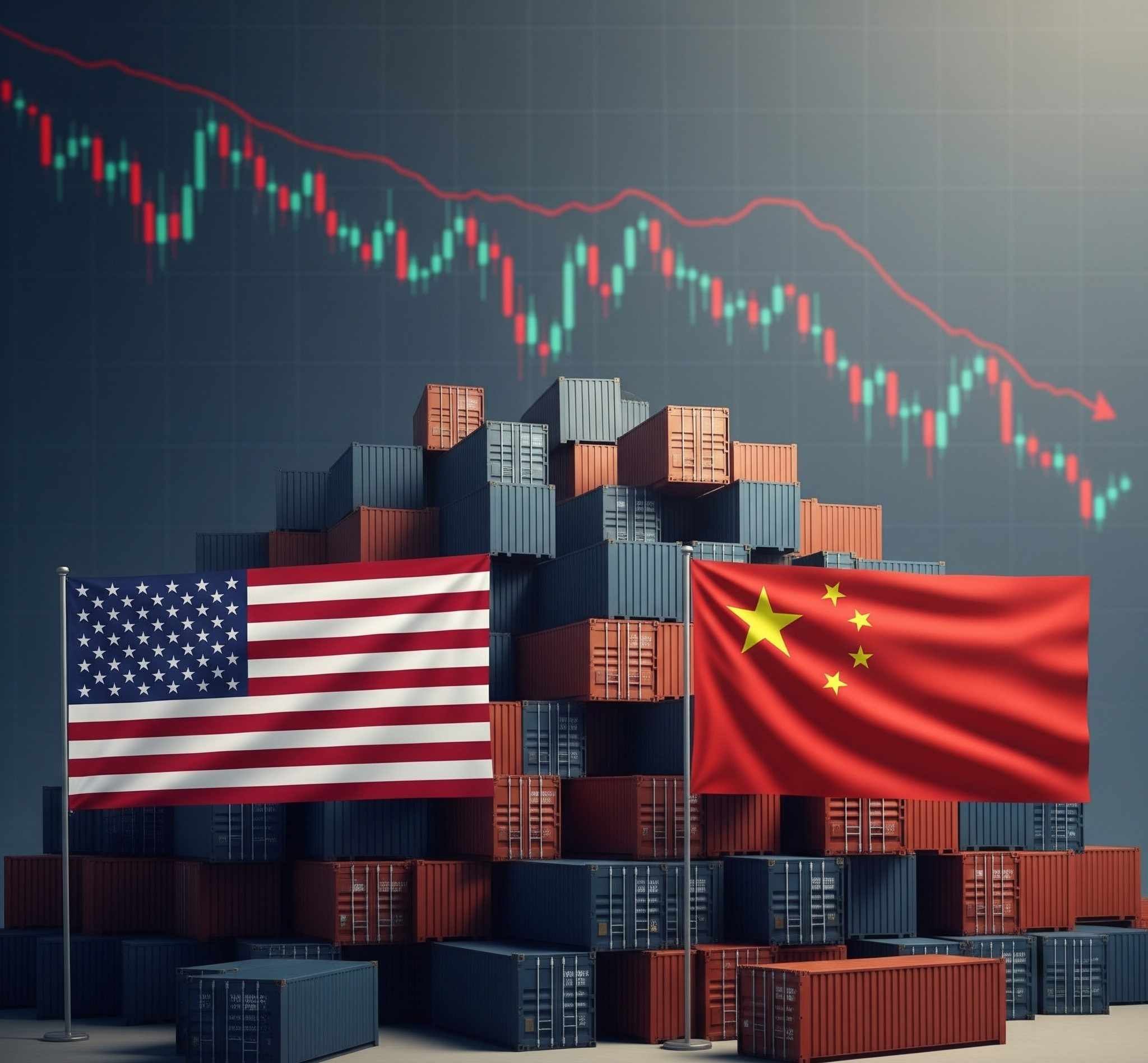Perspectives
Research , insights & commentrary on the
latest trends & issues.
Research , insights & commentrary on the
latest trends & issues.
The United States has been implementing a series of tariff measures to address what it views as unfair trade practices and to protect domestic industries.

The United States has been implementing a series of tariff measures to address what it views as unfair trade practices and to protect domestic industries. These actions have led to ongoing trade tensions and negotiations with various countries.
A significant recent move is the "reciprocal tariff" strategy, which initially imposed a baseline 10% tariff on nearly all imports, with higher, country-specific rates for nations with which the U.S. has a trade deficit. In April 2025, the U.S. announced a 90-day pause on most of these country-specific tariffs to allow for bilateral negotiations, though the 10% baseline remains. This pause is set to expire on July 9, 2025, and it is uncertain whether the higher tariffs will be reimposed on countries that have not reached a trade agreement with the U.S.
In a separate development, there is a legislative proposal to impose a 500% tariff on countries that purchase Russian products, aimed at discouraging trade with Russia. This has raised concerns for countries like India and China, which are major importers of Russian oil.
The U.S. has also been in specific trade talks with several nations. A deal was recently announced with Vietnam, which will see a 20% U.S. tariff on many Vietnamese exports, while U.S. goods will enter Vietnam duty-free. Negotiations with India are also underway, with hopes of reaching a significant trade agreement.
These tariff policies have created uncertainty in global markets and are a major point of discussion in international economic relations. The outcomes of the ongoing negotiations will have a substantial impact on global trade flows and supply chains.